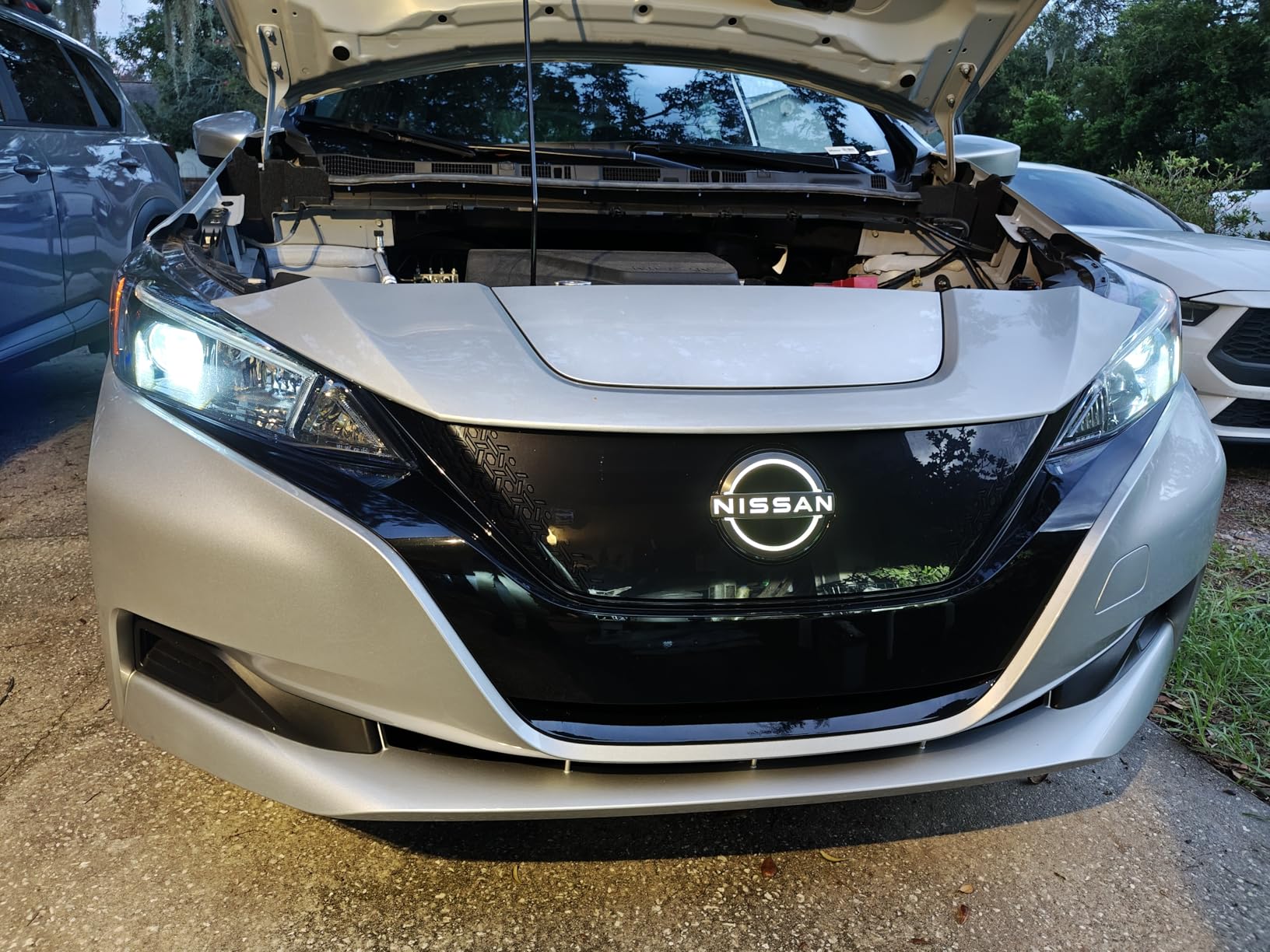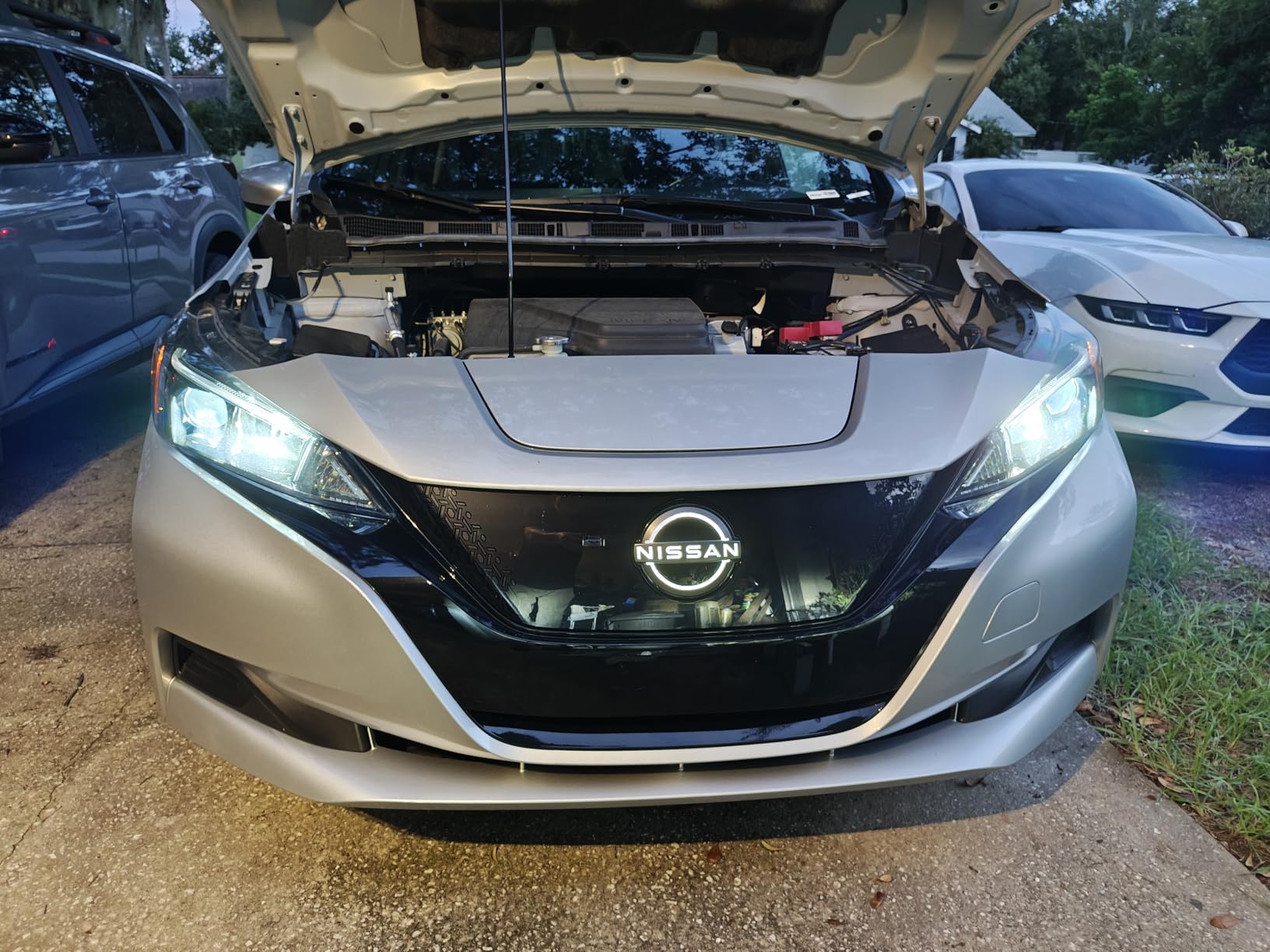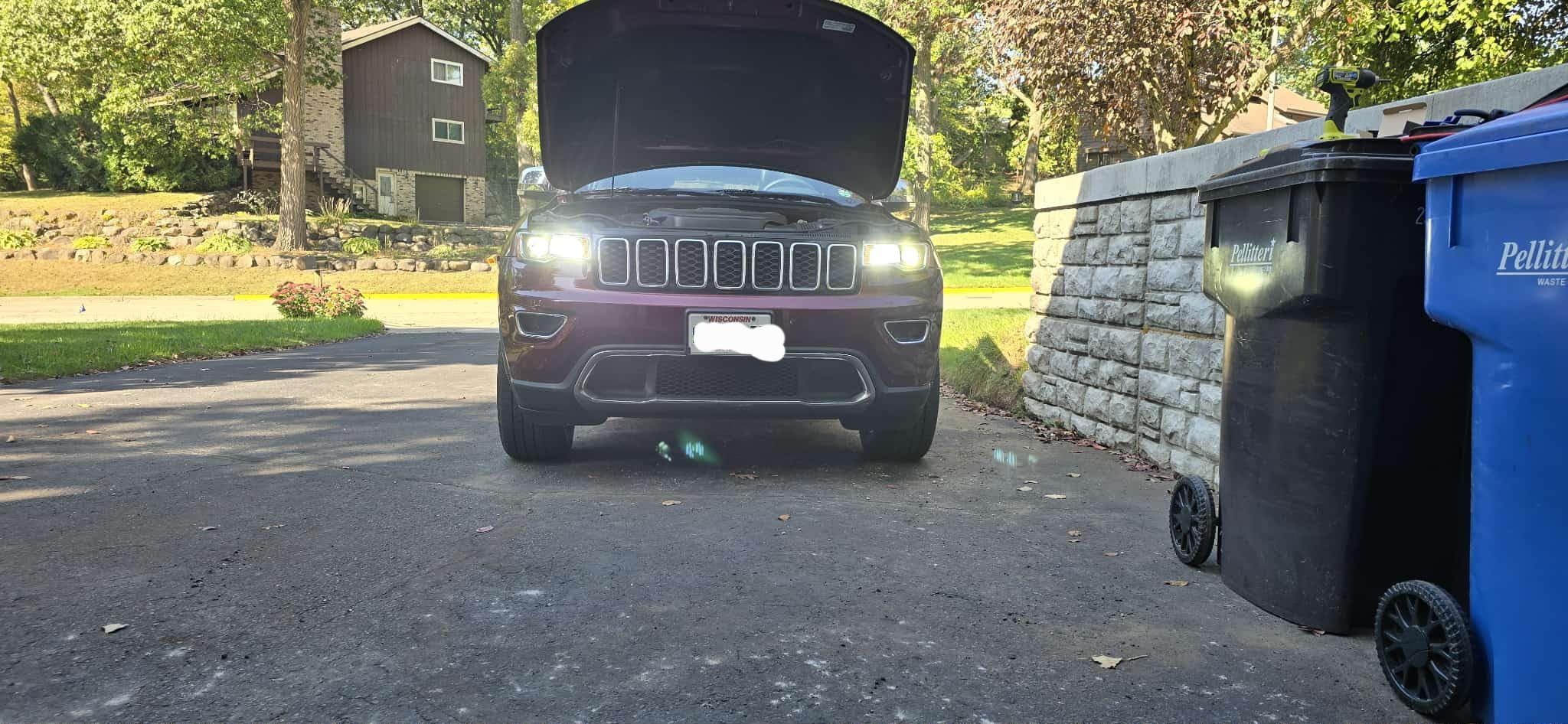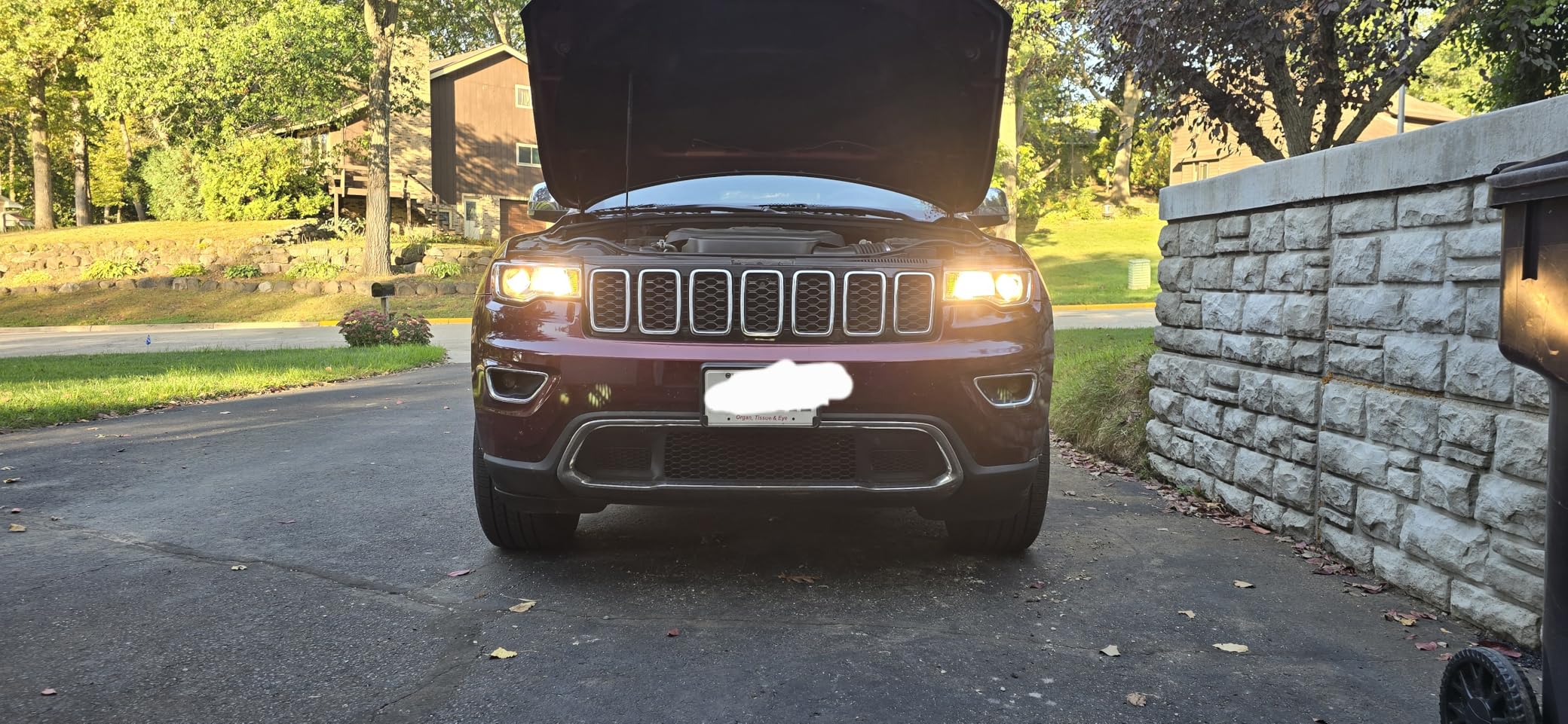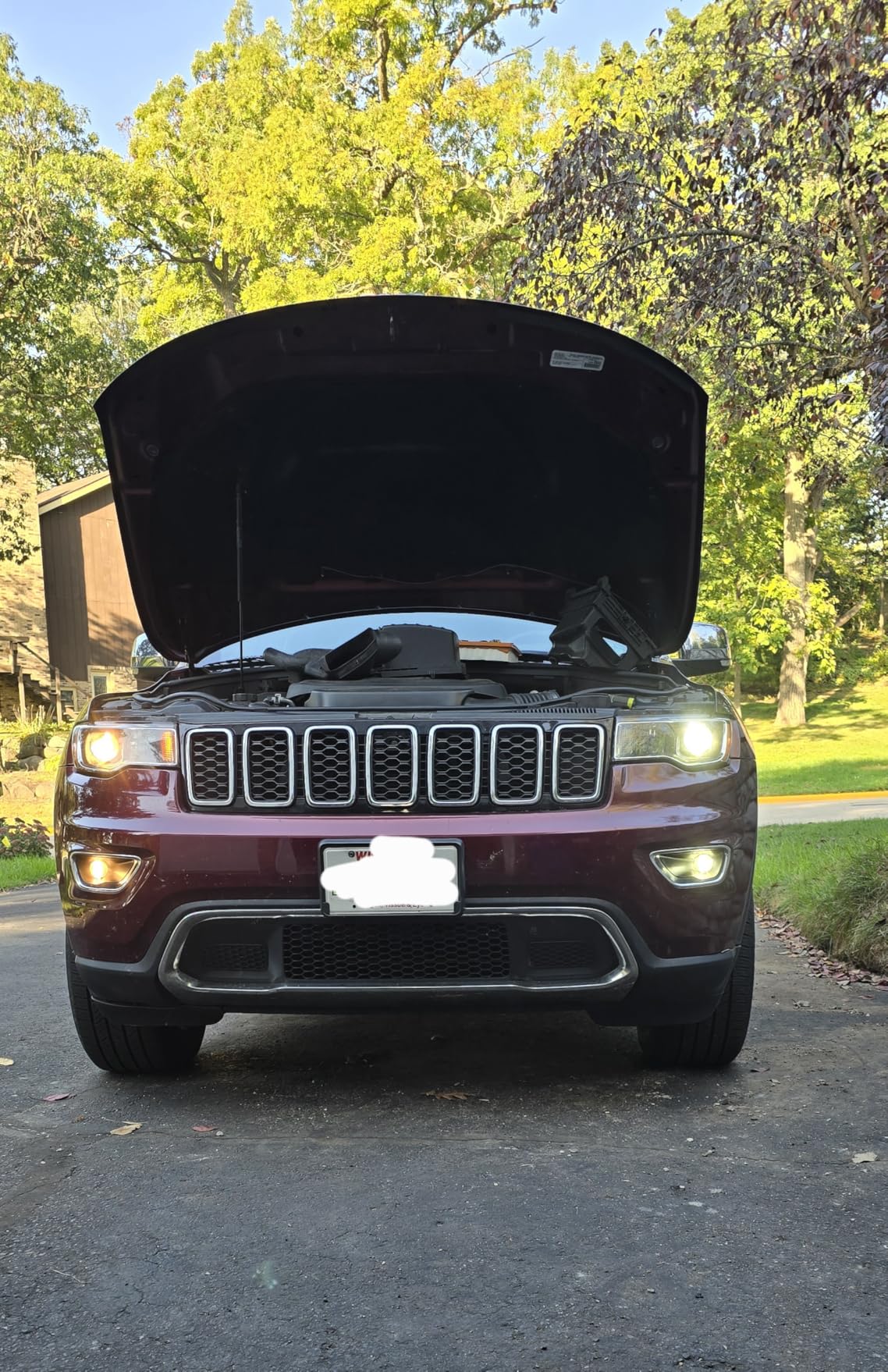If you've ever strained your eyes to see the road at night or noticed your headlights seem dimmer than the cars zooming past you, you're definitely not alone. Thousands of drivers deal with gradually fading car headlights without realizing there's a problem—until they're suddenly driving blind on a dark highway. Before your trusty headlights leave you completely in the dark, learn these five telltale warning signs that scream "replace me now!"
Why Paying Attention to Your Car Headlights Matters?
Many drivers ignore their headlights until they completely fail, creating unnecessary safety risks and potential legal issues. Functioning headlights are essential for nighttime driving, but they also serve several other crucial purposes that directly impact your safety on the road.
1. Safety on the Road
Your car headlights do a whole lot more than simply let you see at night. They're a safety feature that can be the difference between getting there and crashing. As soon as your headlights start to go bad, your ability to detect potential hazards—like deer crossing the road, a surprise pothole, or road debris—takes a huge dive. This slows down your reaction time and increases your likelihood of a crash.
2. Being Visible to Others
The risk is also not all that you can see. It is also a question of being noticed by others. Burnt-out or dim headlights make your vehicle more difficult for others to see, especially in adverse weather like rain, fog, or snow. Being invisible puts you at greater risk of being hit by someone who simply didn't see you coming.
3. Avoiding Tickets and Fines
Driving with inoperable headlights will get you a ticket in most jurisdictions. Police officers regularly stop cars with dead lights, and in many areas, these tickets are pricey. This is a costly and completely preventable outcome of ignoring your headlights.
4. Preventing Roadside Emergencies
Imagine your headlight suddenly failing during a night drive on an unfamiliar road. Now you're stuck with reduced visibility in an already stressful situation. Headlight failures rarely happen at convenient times, and they can turn a normal drive into a stressful or dangerous situation.

5 Signs It's Time for New Headlight Bulbs
Sign 1: Your Headlights Are Getting Dimmer
Do your headlights no longer illuminate as brightly as they used to? This is something that happens gradually, so it's easy to ignore until you notice you're having a hard time reading road signs or the road itself at night. You might even notice other people's headlights shining much brighter than yours when driving at night.
This is a natural process, especially with halogen bulbs. The filament inside degrades slowly hour by hour, and the light dims slowly with time. Unlike sudden failure, this degradation happens so gradually that drivers might not even realize how much they have lost until they replace their bulbs and observe the difference.
When your headlights begin appearing visibly dimmer, it is an obvious indicator that the bulbs are near the end of their lifespan. Do not wait for them to go out entirely – get new ones installed now in order to return to your maximum visibility on the road.
Sign 2: One Headlight Has Burnt Out
This is probably the most obvious symptom – you look over at your vehicle and notice that only one of your headlights is shining. Aside from making your light pattern irregular and reducing your visibility, driving with one headlight is illegal in most places and will probably result in a ticket.
When one of your automobile headlights burns out, the other one is not much further behind. Headlights are installed simultaneously and exposed to similar conditions and usage, so they tend to burn out at the same time. Think of them as a set of shoes – they wear out together.
The smart thing to do is replace both headlamp bulbs at once, although only one of them has gone out. This provides you with the same amount of brightness on both sides and saves you the inconvenience of having to do it again in the not-too-distant future.
Sign 3: Your Headlights Keep Flickering
When your car headlights flicker or briefly go out, especially when driving over bumps or during turns, pay attention – your headlights are trying to tell you something important. This unstable lighting not only makes driving difficult and unpredictable but is a warning of complete failure soon.
Flickering typically means that the filament inside the bulb is destabilizing or that there is a loose connection in the system. It's like when a household light bulb flickers just before it dies – the end is near.
Do not ignore this warning sign. Dazzling headlights are not dependable and will fail completely in the near future, maybe when you need them the least. Change the bulbs right away to avoid being stranded without lights when you need them most.
4. Your Night Vision Seems Worse
Notice it's harder to see when driving at night lately? Even if your car headlights are still turning on after five or more years, they're likely not working nearly as well as they did when they were new. Older bulbs just don't give off as much light, even if they might seem to be functioning alright.
You might see this when you realize that you can't see as far ahead down the road as you once could, or maybe you just notice that your night vision overall isn't as good. Your eyes are probably okay – your car headlights are most likely just getting older.
While these older bulbs have not yet burned out, they have lost a lot of their oomph. It is worth replacing your bulbs by age or if you notice that things are dimmer, especially if you drive a lot at night or on poorly lit roads.
5. Only Your High Beams Turn On
Here's an odd situation that you might experience: your typical low beams simply don't work at all, but when you switch to high beams, the entire space becomes illuminated. This specific problem quite literally tells you exactly what's going on.
More likely than not, this is due to the fact that your low beams and high beams each have separate elements within the bulb (like separate filaments in halogen bulbs) or even separate bulbs. So, if only the high beams work, then the low beam element has failed, but the high beam element is good to go.
You simply have to replace the bulbs right away. Traveling on your high beams alone is not only illegal, but it's dangerous as well. You'll be dazzling other drivers headed in your direction, creating a huge safety risk. And as if that's not enough, high beams light up the road directly in front of your car, not nearly as well as your regular low beams.

How to Keep Your Headlights Working Their Best?
Now that you know the five signs of dying car headlights, here are some simple steps to keep your lights in good shape. Catching problems early avoids the inconvenience of unexpected car headlight breakdowns when you need them most.
1. Check Your Headlights Against a Wall Monthly
Catch a glimpse of your headlights every few weeks. It's easy: park against a wall at night, turn on your lights, and check to see if there's dimness or if the two sides aren't the same. Test both your low beams and high beams. This little routine can detect fading lights before they become dangerous.
2. Always Replace Both Headlights at the Same Time
Replace them both whenever a light goes out, not the one that has died. Since car headlights tend to depreciate around the same time, the second one will soon be following the first one. Having them replaced at the same time saves you time and keeps your lights in balance and shiny on both sides of your vehicle.
3. Know Your Headlight Type's Expected Lifespan
Your car headlights' lifespan depends on what type you have:
- Regular halogen bulbs typically last about 1,000 hours
- HID (sometimes called Xenon) bulbs can last up to 10,000 hours
- LED headlights can go up to 40,000 hours
How you drive matters too. Lots of night driving or short trips with frequent on/off cycles will wear out bulbs faster.
4. Look for Electrical Problems or Foggy Lenses
Sometimes the issue isn't just a worn-out bulb. If your lights keep flickering despite replacement or burn out repeatedly, you might have electrical problems that need a mechanic's attention. Also, if new bulbs still seem dim, check your car headlight covers - foggy or yellowed plastic can block light even with brand new bulbs inside.
Change Your Headlight Bulbs Before They Go Out
Your headlights are so important to safe driving, especially at night or as the weather deteriorates. If you notice they're fading, starting to blink, or one has already burned out, it's definitely time to have them replaced. Don't wait until you're left with little to no light or get pulled over for a ticket.
It's a great idea to check your lights from time to time, always replace them in pairs (because the other one is likely close to failure, too), and look out for cloudy headlight lenses that will also diffuse the light. Your car headlights are very easy to maintain, but it makes a huge difference in how well you can see the road and how well other drivers can see you. Take a minute to check your headlights sometime – your safety really depends on it.
